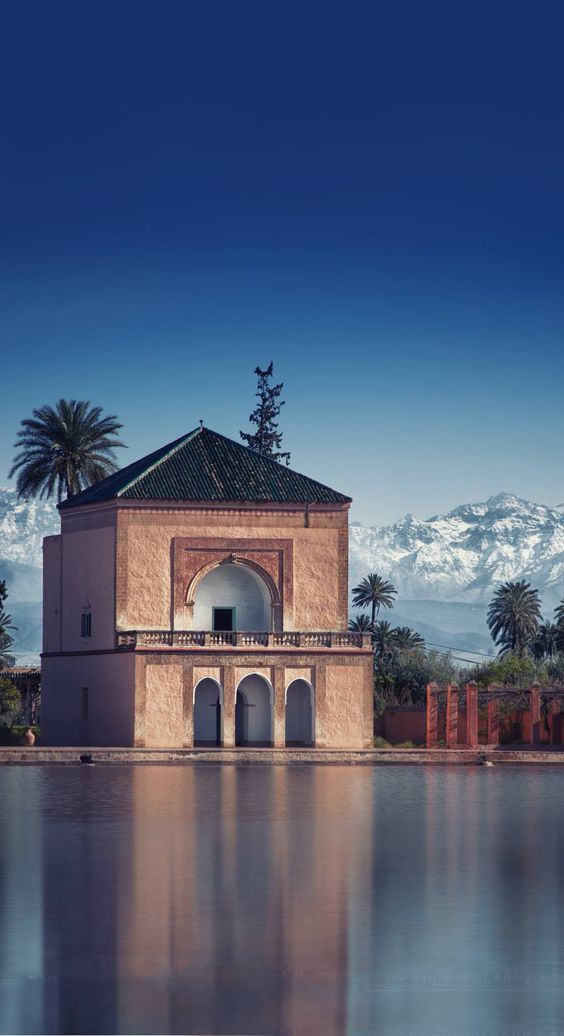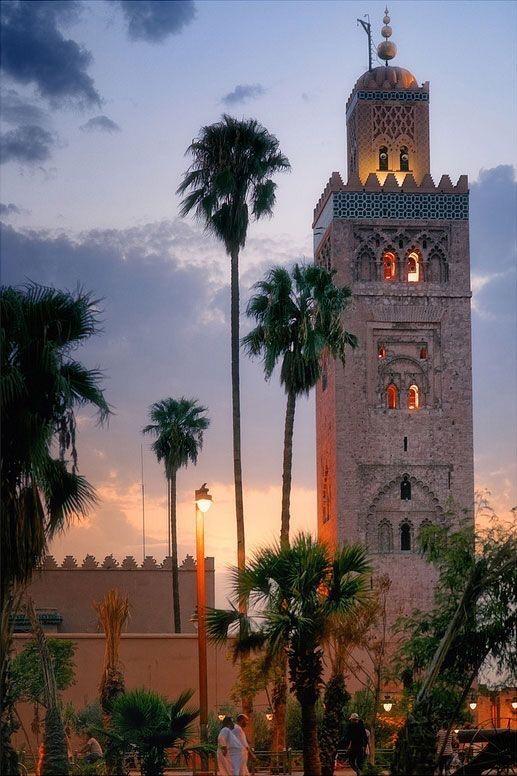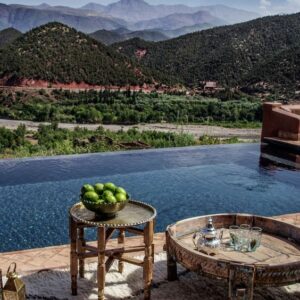Description
Day 1: Depart towards Marrakech from Casablanca around 09:00 am.
Take advantage of the rest of day of guided tour of the city of Marrakech, “Paris of Sahara”, as Winston Churchill has already described him. Stop first in the mosque Koutoubia, which is a former monument built under the reign of the caliph almohade Yaqub al-Mansur (on 1184 in 1199). This monument inspired other buildings such as Giralda in Seville in Spain and the Hassan Tower in Rabat. Stop then to the Palace Bahia. This palace was built in the end of the 19th century and was intended to capture the gasoline of the Islamic and Moroccan style. Visit then the Madrasa Ben Youssef. This Koranic school owes its name to the sultan almoravide Ali ibn Yusuf (1106-1142). The Madrasa Ben Youssef is the biggest of Morocco. Stop then in graves Saadiens, which date of the time of sultan Ahmad al-Mansur (1578-1603). Graves were discovered in 1917 and were restored by the service of the Fine arts. Optional lunch in a local restaurant. Continue the visit to the famous place Jema El Fna, where you can attend incredible performances of traditional activities of storytellers, snake charmers and peddlers of traditional medicine. Your last stop is souks livened up of the former medina.
Day 2: Today you will visit the special Menara gardens in Marrakech, The Menara gardens are botanical gardens located to the west of Marrakech, Morocco, near the Atlas Mountains. They were established in the 12th century (c. 1130) by the Almohad Caliphate ruler Abd al-Mu’min.
The name menara derives from the pavilion with its small green pyramid-shaped roof (menzeh), meaning lighthouse . Although there is no actual lighthouse in the gardens, any building that sits at a high elevation is locally known as menara, such as the mosque Menaret manaara. The pavilion was built during the 16th century Saadi dynasty and renovated in 1869 by sultan Abderrahmane of Morocco, who used to stay here in summertime. The pavilion and basin (an artificial lake) are surrounded by orchards and olive groves. The intention of the basin was to irrigate the surrounding gardens and orchards using a sophisticated system of underground channels called a qanat. The basin is supplied with water thanks to an old hydraulic system, which conveys water from the mountains located approximately 30 km away from Marrakech. It also served as a martial station.
After this intresting visit, a free time in the Medina where you can have your independant lunch, and then headback to Casablanca afternoon








